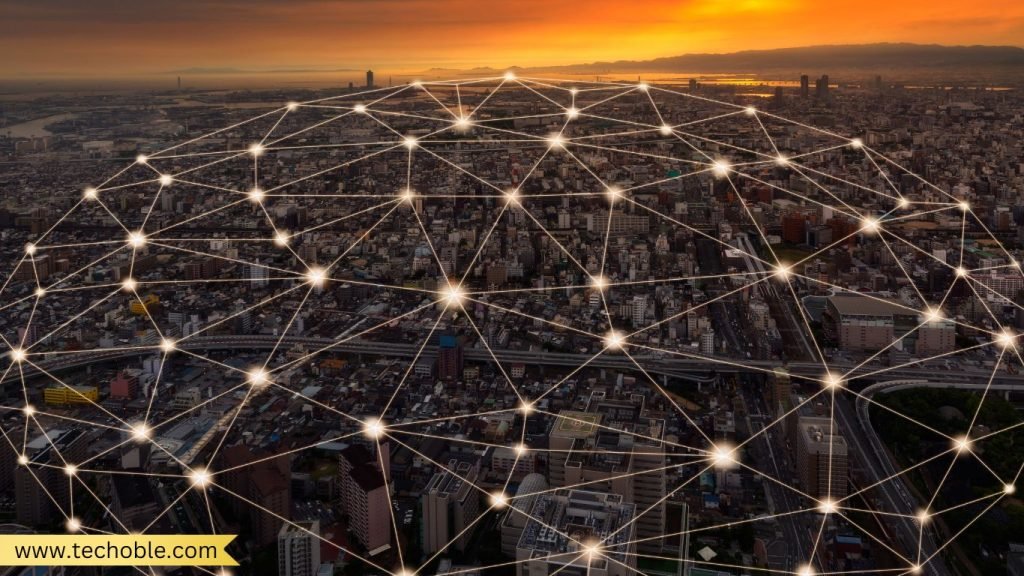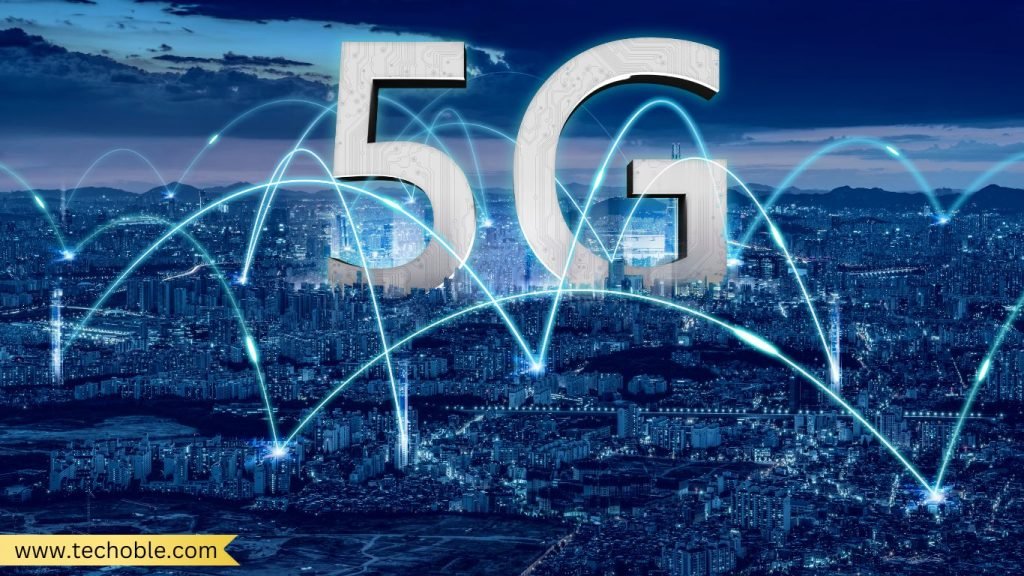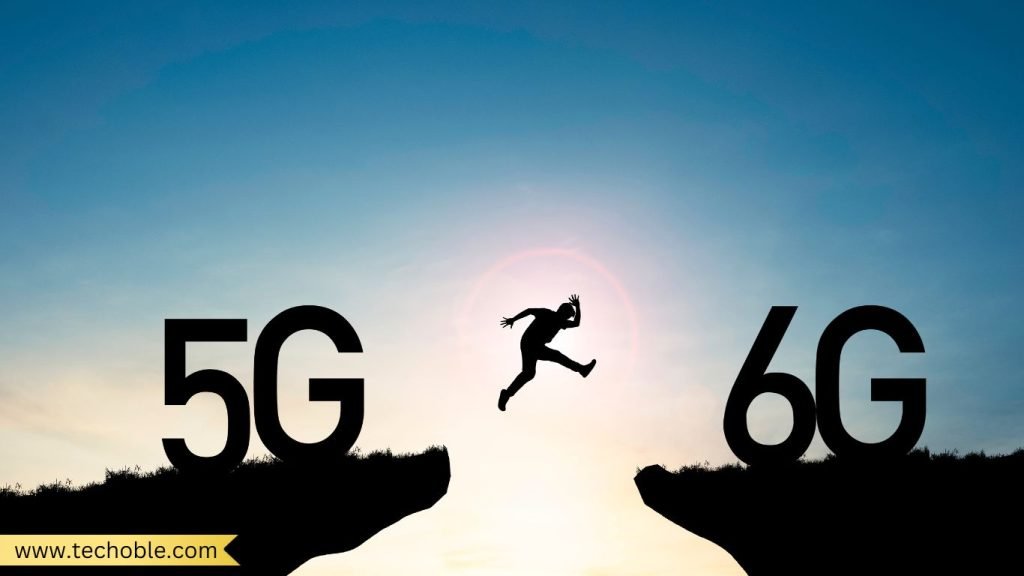 The Future of Wireless Networks: What to Expect in 2025 and Beyond
The Future of Wireless Networks: What to Expect in 2025 and Beyond
Wireless networks have revolutionized the way we connect and communicate, enabling fast, seamless access to information, entertainment, and essential services. With 5G now widely adopted and 6G on the horizon, the future of wireless networking promises faster speeds, smarter applications, and new opportunities. This article explores the exciting advancements expected in wireless networks in 2025 and beyond, from next-generation technology to the challenges facing the industry.
What is the WiFi Prediction for 2025?
As demand for wireless connectivity grows, predictions for WiFi in 2025 center around improved speed, security, and capacity to support more devices. The next-generation WiFi standard, WiFi 7, is expected to make its debut, with faster data rates and lower latency than previous versions. These improvements will enable WiFi networks to handle increasingly complex applications, from gaming to remote work and virtual reality.
Key Features of WiFi 7
- Faster Data Rates: WiFi 7 is expected to offer speeds up to 30 Gbps, much higher than WiFi 6.
- Reduced Latency: Lower latency for smoother streaming and gaming experiences.
- Increased Device Capacity: Better support for environments with many connected devices, like smart homes and offices.
The Future of Wireless Networking
The future of wireless networking will be shaped by major developments like 5G, 6G, edge computing, and IoT. As new technology is introduced, wireless networks will become faster, smarter, and more adaptive, creating opportunities for new industries and experiences.
Core Technologies Driving Wireless Networking Forward:
- 5G Expansion: 5G will continue to improve in speed, availability, and reliability, transforming everything from smartphones to smart cities.
- 6G Development: While still in research stages, 6G is expected to bring transformative advancements, reaching data rates of up to 1 terabit per second (Tbps).
- Edge Computing: By bringing computing power closer to the end-user, edge computing reduces latency and supports data-intensive applications like autonomous driving and real-time analytics.
5G Expansion and Its Transformative Potential in 2025
5G technology has brought unprecedented speeds and low latency, enabling new applications across many sectors. In 2025, 5G will reach more locations and support a wider variety of devices, from connected vehicles to IoT sensors.
How 5G is Transforming Industries:
- Healthcare: Real-time data transfer supports telemedicine, remote surgeries, and patient monitoring.
- Automotive: Enables connected and autonomous vehicles with real-time data exchange.
- Entertainment: 5G’s speed and low latency enable augmented and virtual reality applications.
Key Benefits of 5G
- High Speeds: Data rates of up to 10 Gbps, allowing faster downloads and smoother streaming.
- Low Latency: Response times as low as 1 millisecond, ideal for applications requiring instant feedback.
- Capacity: Support for millions of devices per square kilometer, crucial for IoT expansion.
| Feature | 5G Capability | Benefit |
|---|---|---|
| Speed | Up to 10 Gbps | Faster downloads, smoother streaming |
| Latency | 1 ms or lower | Ideal for real-time applications |
| Device Density | High | Supports smart cities, IoT growth |
6G Development: The Next Generation of Wireless Networks
While 5G is still expanding, research into 6G has already begun. 6G is expected to introduce speeds up to 1 Tbps, far beyond what 5G offers, along with advanced features like AI-driven optimization and even better energy efficiency.
What to Expect from 6G
- Extreme Speeds: Data rates 100 times faster than 5G.
- Ultra-Low Latency: Near-zero latency for applications requiring instantaneous response.
- AI Integration: 6G networks will use AI to optimize performance and manage resources.
Expected Timeline for 6G
6G is likely to start testing around 2028, with full deployment projected by 2030. The technology will be instrumental in supporting applications that require large-scale data transfer and real-time processing, such as holographic communication and immersive virtual worlds.
Role of Artificial Intelligence in Wireless Networks
AI will play a significant role in optimizing wireless networks. By analyzing network traffic and usage patterns, AI can help improve speed, efficiency, and security.
AI-Driven Network Optimization
- Predictive Maintenance: AI predicts and resolves network issues before they occur.
- Resource Allocation: Smart allocation of bandwidth ensures efficient use of network resources.
- Improved User Experience: AI customizes network settings based on user behavior.
Machine Learning for Security
AI-driven machine learning is particularly valuable for cybersecurity, detecting and mitigating threats in real-time. This is crucial as the number of devices connected to wireless networks grows, creating more potential entry points for hackers.
IoT (Internet of Things) and Its Growth with Advanced Networks
IoT will continue to grow as 5G and future wireless networks support more connected devices. From smart homes to smart cities, IoT devices collect and transmit data that can improve convenience, efficiency, and decision-making.
Key IoT Applications Enabled by Wireless Networks
- Industrial IoT (IIoT): IoT in factories supports automation and data-driven manufacturing.
- Smart Homes: Connected devices like thermostats, lights, and security systems.
- Smart Cities: IoT sensors monitor traffic, energy use, and pollution levels.
Challenges of IoT Integration
- Data Overload: Managing and analyzing large amounts of data from IoT devices.
- Network Reliability: Ensuring consistent connectivity for critical applications.
- Security: Securing data and devices from potential cyber threats.
Edge Computing and Wireless Networks
Edge computing brings data processing closer to the user, reducing the need to send data to a central server. This is essential for applications that need real-time processing, like autonomous driving.
Benefits of Edge Computing for Wireless Networks
- Reduced Latency: Data is processed closer to the source, minimizing delay.
- Enhanced Security: Sensitive data can be processed locally, reducing exposure.
- Scalability: Edge computing can support more devices by offloading work from the central server.
| Advantage | Description |
|---|---|
| Latency | Reduced by processing data locally |
| Security | Local processing limits exposure |
| Scalability | Offloads work from central servers |
Security Enhancements for Next-Gen Wireless Networks
As networks grow, so do security challenges. The future of wireless networking will address these issues through enhanced security protocols and emerging technologies like quantum encryption.
What Are the Top Three Challenges to the Future of Wireless Communications?
- Cybersecurity: More devices mean more entry points for cyberattacks.
- Privacy: Protecting user data as more personal information is transmitted.
- Interference and Reliability: Ensuring stable connections despite network congestion and interference.
Emerging Security Solutions
- Quantum Encryption: Promises nearly unbreakable security by leveraging quantum mechanics.
- AI-Powered Threat Detection: AI identifies and mitigates threats before they impact the network.
- New Protocols: Enhanced protocols designed specifically for 5G and beyond.
Sustainability and Energy Efficiency in Future Networks
Sustainability is a growing priority for wireless networks. Future networks will incorporate energy-efficient technologies to reduce their environmental impact.
Green Wireless Technology
- Energy-Efficient Equipment: New devices are designed to use less power.
- Renewable Energy for Networks: Some providers are exploring solar or wind power to support their infrastructure.
- Sustainable IoT Devices: Low-power IoT devices reduce energy use across networks.
These changes align with a broader push for environmental responsibility within the tech industry.
Predictions for Wireless Networks Beyond 2025
Looking beyond 2025, wireless networks are set to become even more integral to our daily lives. Full 5G deployment and the first stages of 6G will change how we live, work, and connect.
Key Predictions for the Future:
- Full 5G Deployment: By 2025, 5G will be standard worldwide, enabling smoother experiences and new services.
- 6G Milestones: By 2030, 6G may support immersive experiences like holographic calls and virtual realities.
- IoT and Edge Growth: Expanded IoT and edge computing applications will drive innovation across industries.
The future of wireless networks in 2025 and beyond is filled with possibilities. With advancements in 5G, the rise of 6G, and innovations in AI and edge computing, wireless technology will continue to transform industries and lifestyles. Although challenges like security and privacy remain, ongoing advancements offer solutions that make networks more reliable, secure, and sustainable. The next decade promises a world where wireless networks are faster, smarter, and more responsive than ever.
This article includes short sentences, easy-to-understand language, and relevant headings. It also uses tables and bullets to highlight key points, making the content accessible and engaging for readers. Let me know if you’d like more details on a specific section
 The Future of Wireless Networks: What to Expect in 2025 and Beyond
The Future of Wireless Networks: What to Expect in 2025 and Beyond
